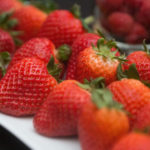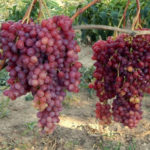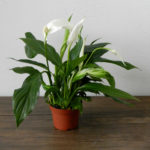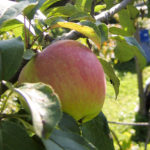Orange variety Washington Navel
The Washington navel orange (Citrus sinensis ‘Washington navel ') is confidently considered one of the most common industrial varieties in the world. Especially large plantations of this variety are located in California (USA), Australia, Argentina, China. In Europe, it is less popular, although it is also successfully cultivated. Along with the Valencia variety, it ranks first in terms of world sales. It is widely used in the collections of citrus growers as an indoor crop.

The history of the origin of the variety
She is quite rich, meaningful and even ambiguous. Citrus historians claim that the first "traces" of Washington Navela are found in Brazil at the very beginning of the 19th century. Here, in the state of Bahia, on one of the orange trees of the local variety "Selecta", a kidney mutation has arisen, and the grown branch has given fruits that are significantly different from the parental ones.
For your information! Selekta's predecessor was probably the Umbigu variety, brought from Portugal about 50 years earlier.
The resulting plant was liked by the Brazilian citrus growers, they propagated it, and soon history ordered that some specimens came to Australia.
And after a few decades, the trees of the variety, which, by the way, had a different name then, again found themselves in the New World: first in Florida, and then in California.

California experts have breathed new life into Washington. They popularized it as their main industrial orange.
Interesting! The variety got its name due to the fact that it was approved by the USDA, located in Washington. The word "Navel" means "navel" - a characteristic feature of the fetus, which will be discussed later.
Description of the Washington Navel orange
So, it is already clear that it belongs to a large group of so-called "navel oranges", which are characterized by the presence of a special outgrowth at the tip of the fetus, resembling a navel. This outgrowth is nothing more than an underdeveloped second fetus.
Features of the crown... The tree is medium-sized, in open ground conditions it is often even large. Branches are long, thin, sometimes hanging down in tub culture. Leaves are medium in size, about 15 by 8 cm, but in low light they can grow much larger. The color of the leaves is dark green, the petioles are elongated, with medium-sized lionfish. Small thorns grow in the axils of the leaves, there are quite a few of them. In indoor conditions, branches need to be pruned periodically, especially in the first years of life, otherwise they are strongly stretched.
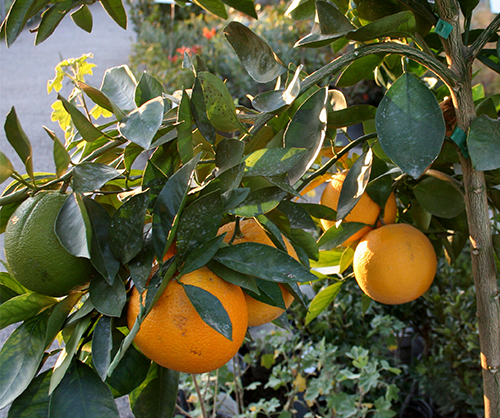
The tree firmly tolerates dry air, but requires lighting during the active growing season.
Bloom... It is observed in the first half of spring, usually at the 3rd - 4th years of life. The flowers are large, sometimes up to 6 cm in diameter, and have a strong sweetish odor. Their peculiarity is that they can be in the bud phase for up to one month if the air temperature is too low. As a rule, flowers are located singly, but are capable of forming small inflorescences. The buds are light anthocyanin color.
Fruit characteristics... The variety is fruitful, famous for its taste. This, along with good keeping quality and transportability, made Washington Navel an excellent commercial citrus. The flesh of this fruit is sweet, very juicy, bright orange in color. Many consumers experience some strawberry notes in its taste. There are few seeds inside the fetus, often they are not present at all.
Many reference books attribute this orange to early ripening varieties, although, as practice shows, this factor depends on the amount of light and heat.In indoor conditions, when there is not enough light, oranges on a tree ripen much longer.

Other important characteristics of the fruit:
- Weight from 150 to 300 grams.
- The shape is round, maybe a little elongated.
- The color of the peel is bright, orange, but it has been noticed that in conditions of a humid warm climate it becomes paler. In general, these plants perform best where there are cool winters and dry summers (typical Mediterranean climate).
- The peel has a fine-grained structure, it is separated from the pulp with some difficulty.
Interesting! In Southern California, the tree that became the ancestor of all current American oranges of this variety is still alive! At one time, it almost died from old age, but gardeners managed to graft into the remains of the crown of its own cuttings, in the amount of 16 pieces, which successfully took root and vegetate on the roots of the parent. Thus, the variety has a kind of monument tree.
It is pertinent to note here that the trees of the orange in question are capable of living for many decades, although it has been established that their yield decreases from a certain period of time, and it becomes unprofitable to keep the plant further.
